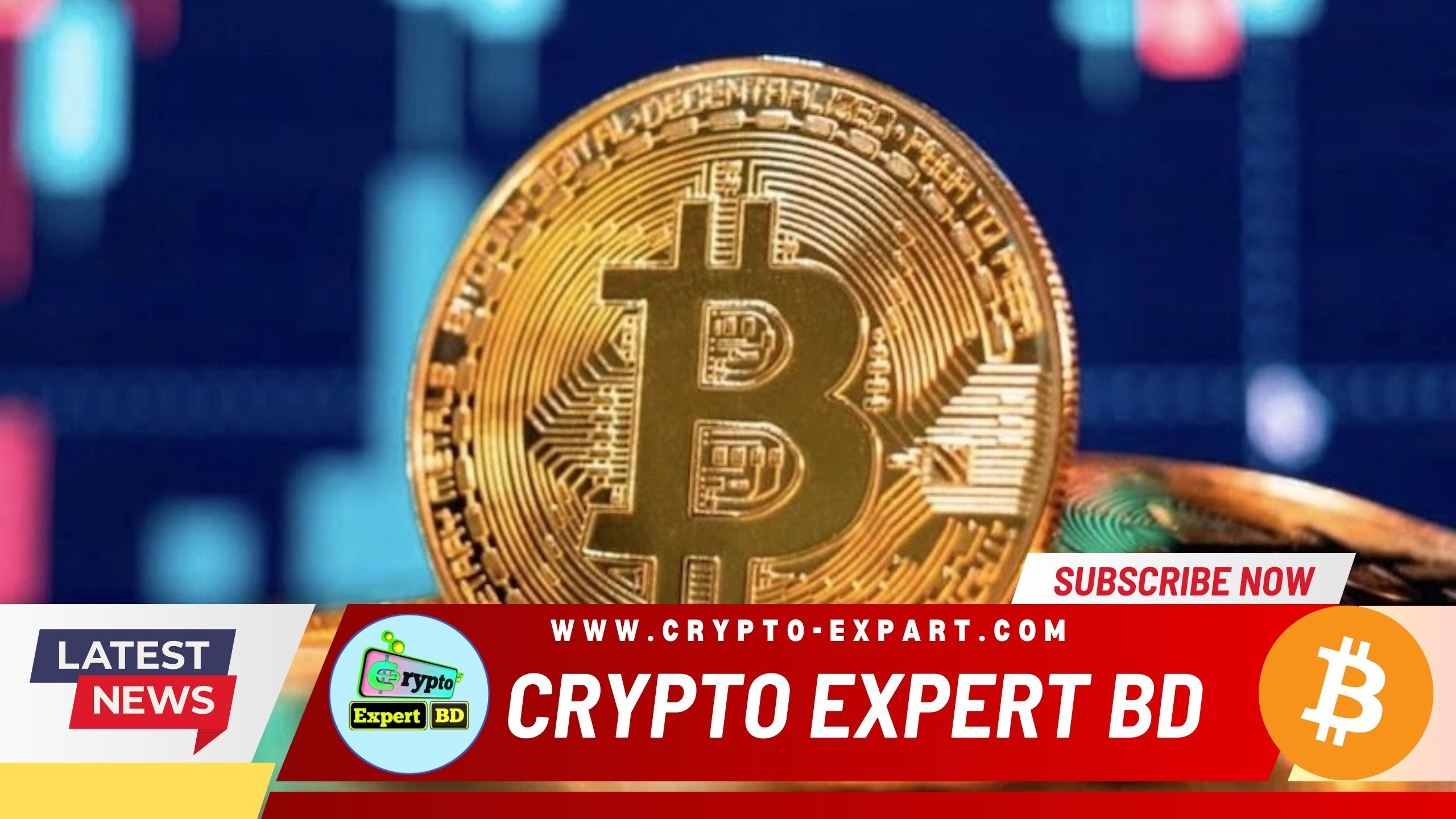Decentralized crypto power stands as the cornerstone of blockchain technology, ushering in a new era of trust and financial transactions that challenge traditional finance models. In this comprehensive exploration, we delve into the origins, governance structures, and dynamics dictating power within decentralized systems.
The Genesis of Decentralization
The Birth of Bitcoin The concept of decentralized crypto power originated with the emergence of Bitcoin in 2009, introduced by the mysterious figure Satoshi Nakamoto. Bitcoin aimed to revolutionize finance by eliminating intermediaries like banks, relying instead on peer-to-peer transactions.
Nakamoto’s Vision Nakamoto’s whitepaper envisioned a trustless system based on cryptographic proof rather than centralized authority, laying the groundwork for today’s decentralized landscape.
Emergence of Altcoins Bitcoin’s success paved the way for a multitude of alternative cryptocurrencies, each with unique governance structures, consensus mechanisms, and utility.
DeFi and Smart Contracts The rise of decentralized finance (DeFi) expanded decentralized crypto power, introducing programmable financial instruments and platforms powered by smart contracts.
Decentralized Networks and Consensus Mechanisms
Blockchain Technology Decentralization hinges on blockchain technology, which records transactions transparently and immutably in a distributed ledger.
Proof of Work (PoW) Bitcoin introduced PoW, where miners compete to validate transactions by solving complex puzzles, ensuring network security at the expense of resource consumption.
Proof of Stake (PoS) PoS eliminates the need for energy-intensive mining, relying instead on validators who stake cryptocurrency as collateral to validate transactions.
Delegated Proof of Stake (DPoS) DPoS streamlines PoS by electing a smaller group of validators, enhancing network speed and scalability.
Other Consensus Mechanisms Various other consensus mechanisms, like Proof of Authority (PoA) and Proof of History (PoH), cater to specific use cases within decentralized networks.
Who Governs Decentralized Networks?
Miners and Validators In PoW and PoS systems, miners and validators play crucial roles in governing the network by validating and adding transactions to the blockchain.
Node Operators Node operators contribute to network decentralization by validating transactions and maintaining a copy of the blockchain.
Governance Tokens Governance tokens empower holders to influence decisions on network upgrades and fund allocation in DeFi projects.
Decentralized Autonomous Organizations (DAOs) DAOs enable decentralized decision-making, allowing token holders to collectively govern project development and direction.
The Role of Developers
Core Developers vs. Community Developers Decentralized projects rely on core developers to oversee protocol development, supplemented by contributions from community developers.
Protocol Upgrades and Forks Developers drive protocol upgrades, which can lead to forks in the blockchain when disagreements arise within the community.
Code Contributions and Open Source Nature The open-source nature of blockchain projects encourages global developer contributions, fostering innovation and decentralization.
Centralization Risks in Decentralized Systems
Concentration of Mining Power In PoW systems, mining power centralization among large pools poses a risk to network security.
Influence of Major Stakeholders In PoS systems, major stakeholders with significant holdings can sway decision-making processes.
Developer Centralization Core developers wield significant influence over protocol changes, potentially centralizing power within development teams.
Regulatory Challenges External regulatory pressures may force centralized decision-making within decentralized networks to comply with evolving laws.
The Future of Decentralized Crypto Power
Scalability Solutions Projects are exploring scalability solutions like sharding and layer-2 networks to address network limitations.
Interoperability and Cross-Chain Solutions Interoperability protocols aim to connect different blockchains, enabling seamless asset transfer and cross-chain DeFi applications.
Evolving Governance Models Novel governance models seek to enhance decentralization while mitigating centralization risks, aiming for a balance between security and openness.
Decentralization vs. Mass Adoption The debate continues on whether achieving mass adoption may require some level of centralization for usability and compliance.
Conclusion
Understanding the dynamics of governance, consensus mechanisms, and centralization risks is crucial in navigating decentralized crypto power.
While decentralization remains fundamental to blockchain’s ethos, striking a balance between security, usability, and compliance will be an ongoing challenge as the space evolves.
Powered by Crypto Expert BD
Follow us on Twitter: https://x.com/CryptoExpert_BD
Join our Telegram channel: https://t.me/CryptoExpert_BD



